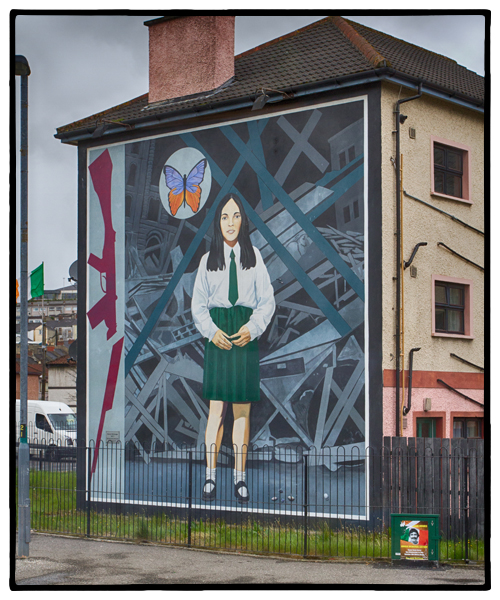
The mural of Annette McGavigan in Derry, Ireland as it looks today. Notice the broken rifle and the colorful butterfly.
You walk along Rossville Street in the Bogside of Derry and, I don’t know how else to put it, but it just feels haunted. Even if you didn’t know that it was here, on January 30, 1972, that 13 civilians were killed by British Army paratroopers in the Bloody Sunday disturbances. On a windy day when the sky is gray and your face is turning red from the cold, you can almost hear the screams and smell the gunpowder and tear gas.
There are a dozen murals up along the walls in this neighborhood, all painted by the Bogside Artists—brothers Tom and William Kelly along with Kevin Hasson. The three started working together twenty years ago. From 1994 to 2008 they painted a dozen murals on Rossville Street which runs through the center of the Bogside.
The most evocative mural, to me, is the one of a young girl wearing an emerald green pleated skirt, green tie, and a white long-sleeve blouse. This is Annette McGavigan.
Annette was 14 and a student at St. Cecelia’s College when, on September 7, 1971, she went with friends to collect the rubber bullets that littered the ground after riots. She was shot in the head while walking along the street.
Annette became the 100th civilian victim of the Troubles (and the first child killed). The Bogside Artists painted the mural of Annette McGavigan, which they titled “The Death of Innocence,” in 1999. According to the artists, “We wanted the figure to stand out boldly from the background. We also wanted her innocence to radiate against the chaos of the world she was born into. So, we effectively made a shrine for her from the debris resulting from a bomb explosion. The gun which take up the entire length of the left-hand side of the wall was painted upside down. Like a monstrous serpent it has been defanged; it points nowhere but to the ground….The butterfly is left unfinished, purposely so, as it seemed more child-like to us like that.”
The statement about the rifle and the butterfly was made before 2006 when the artists updated the mural by breaking the gun in half and painting in the butterfly—both symbols to commemorate the fact that there was now peace in Northern Ireland.

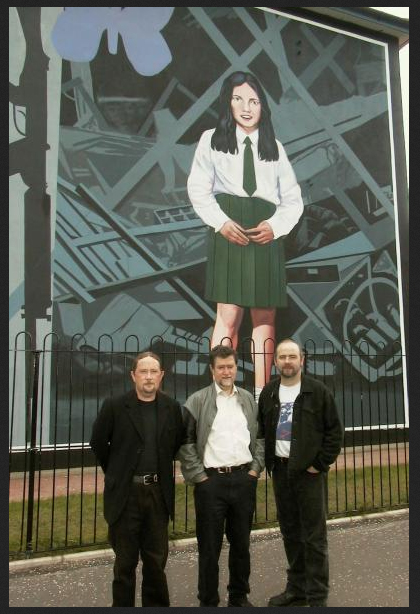

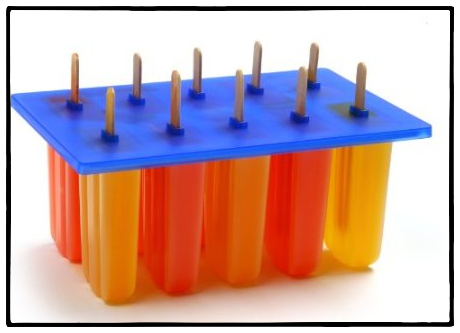
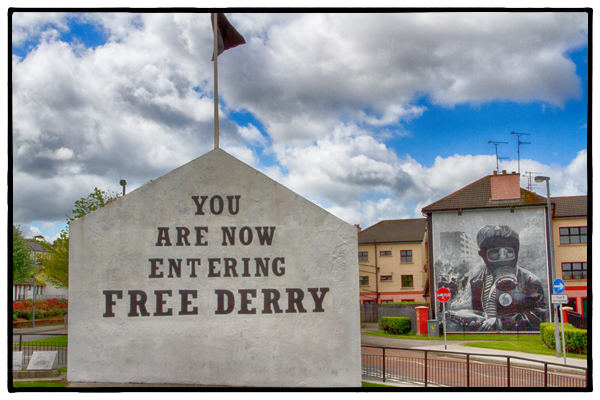
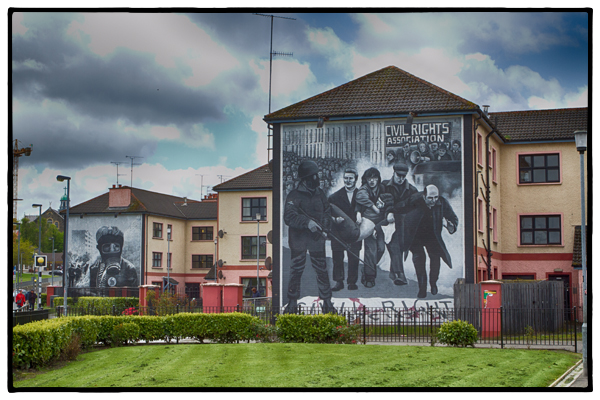
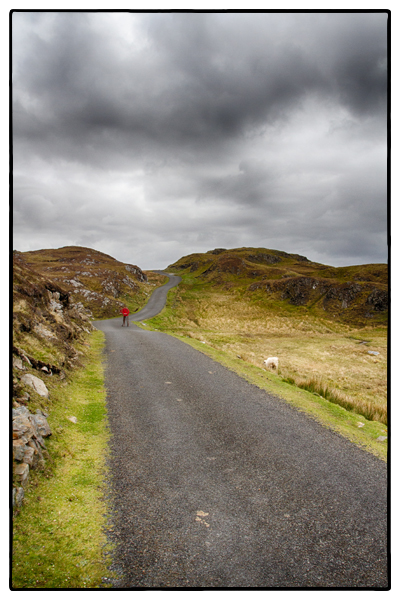

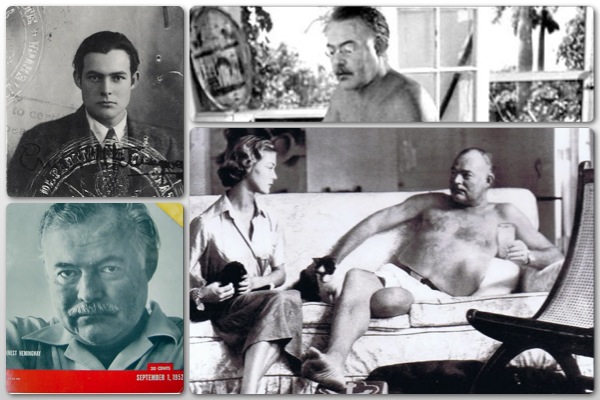
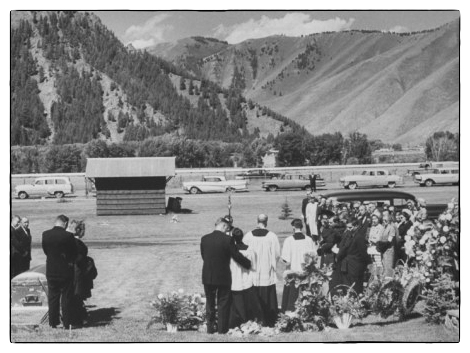
Recent Comments